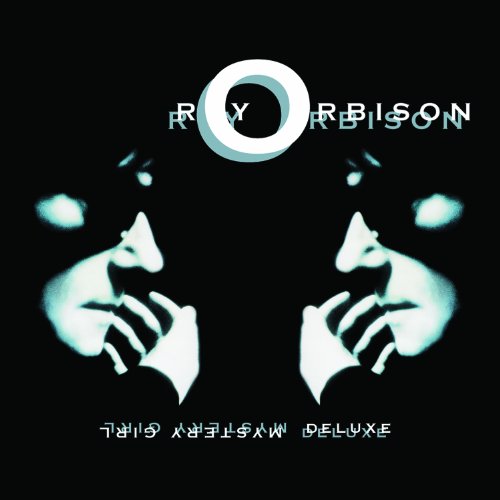The sheer length and breadth of this four-CD, 107-song box set is undeniably impressive. Not only does it go all the way back to a 1955 recording Orbison made as part of the Wink Westerners, it ends with a live performance of “It’s Over” from his very last concert in 1988-and you can’t get any closer to the end of the line than that.
Videos by American Songwriter
Label: LEGACY/MONUMENT/ORBISON
[Rating: 4]
 The sheer length and breadth of this four-CD, 107-song box set is undeniably impressive. Not only does it go all the way back to a 1955 recording Orbison made as part of the Wink Westerners, it ends with a live performance of “It’s Over” from his very last concert in 1988-and you can’t get any closer to the end of the line than that. But though Roy Orbison’s recording career lasted for more than three decades, it’s really the hits he cut for the Monument label between 1960 and 1964 that stand as his definitive work. So while the size and scope of The Soul of Rock and Roll are these compilation’s strengths, they’re also among its weaknesses, as the material before and after those magical years simply can’t measure up to Orbison’s peak output.
The sheer length and breadth of this four-CD, 107-song box set is undeniably impressive. Not only does it go all the way back to a 1955 recording Orbison made as part of the Wink Westerners, it ends with a live performance of “It’s Over” from his very last concert in 1988-and you can’t get any closer to the end of the line than that. But though Roy Orbison’s recording career lasted for more than three decades, it’s really the hits he cut for the Monument label between 1960 and 1964 that stand as his definitive work. So while the size and scope of The Soul of Rock and Roll are these compilation’s strengths, they’re also among its weaknesses, as the material before and after those magical years simply can’t measure up to Orbison’s peak output.
For those who want more of the Big O than the dozen or so smashes that cemented his place in rock’s collective consciousness, however, this anthology does offer all of those and most of his most notable secondary tunes. It also documents his remarkable feats of reintroducing himself to a much wider audience not once, but twice. That first occurred when he transformed himself from an above-average rockabilly singer to a magnificent melodramatic pop-rock balladeer as the ‘50s turned into the ‘60s; in the late 1980s, he re-emerged from the oldies circuit to re-establish himself as a popular contemporary artist with help from movie soundtracks and the Traveling Wilburys.
There’s a surprising wealth of cuts from the rockabilly years here, taking up almost all of disc one, including some marginal but interesting late ‘50s demos in which he fumbles toward a more individual style. It’s the Monument stuff on disc two and the beginning of disc three that towers over everything else, with Roy’s operatic voice, Fred Foster’s orchestral production, and Orbison’s capacity for songs that could weep, croon, and rock out combining into something magical. To be blunt, much of the post-mid-‘60s material is a letdown, his compositions diminishing in worth, and his production losing its way into unsuitable slickness. That amazing voice is nearly always on the mark, however, with the absence of the obscure mid-‘60s treasure “Whirlwind” the only notable omission.








Leave a Reply
Only members can comment. Become a member. Already a member? Log in.